Artist Frances Kelly didn’t aim for exact likenesses in her portraits of people or flowers, but rather for some inner, more abstract, significance, writes Hilary Pyle
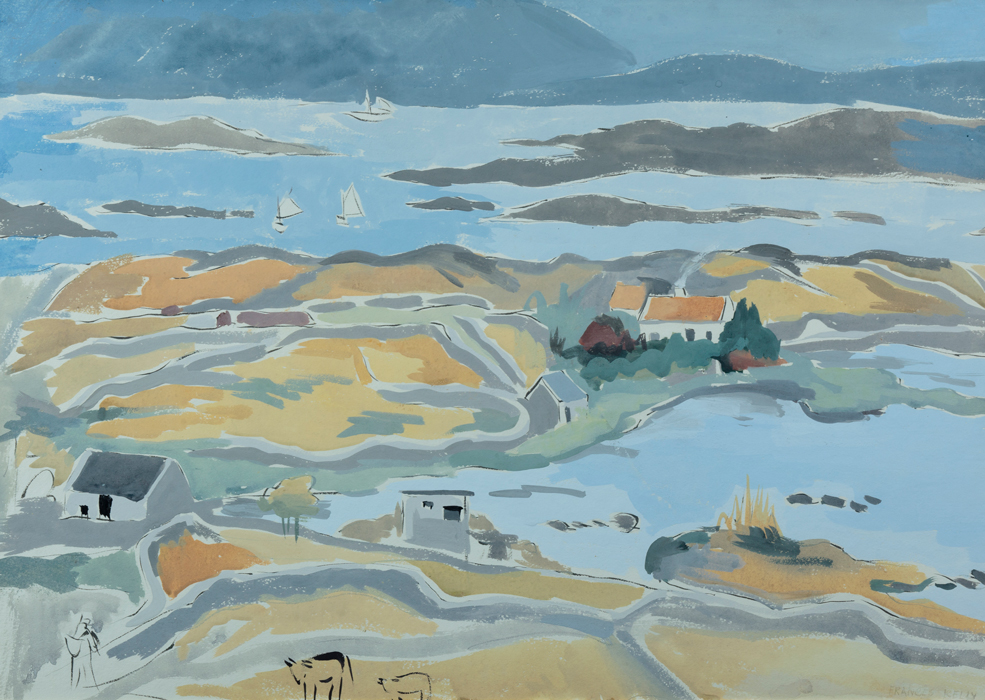
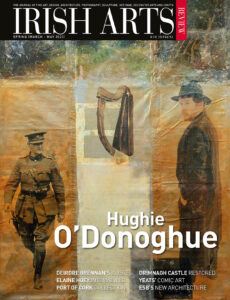

Francis Kelly Connemara c.1930 watercolour 41.8 x 59.5cm Collection of Waterford Museum of Hidden Treasure
Artist Frances Kelly didn’t aim for exact likenesses in her portraits of people or flowers, but rather for some inner, more abstract, significance, writes Hilary Pyle Frances Kelly, in her day, was an extremely successful artist. During the 20th century Irish women artists came at last into their own. Those of the 1930s took strength from the determination of Mainie Jellett and Evie Hone, who came back to Dublin from regular visits to Paris in the 1920s, eager to persuade the Irish public to accept modern European practices. Jellett in particular drew attention to abstract precedents in early Irish art. Frances Kelly herself, a decade later, set out to study in Paris. To read this article in full, subscribe or buy this edition of the Irish Arts Review
Frances Kelly, in her day, was an extremely successful artist. During the 20th century Irish women artists came at last into their own. Those of the 1930s took strength from the determination of Mainie Jellett and Evie Hone, who came back to Dublin from regular visits to Paris in the 1920s, eager to persuade the Irish public to accept modern European practices. Jellett in particular drew attention to abstract precedents in early Irish art. Frances Kelly herself, a decade later, set out to study in Paris.
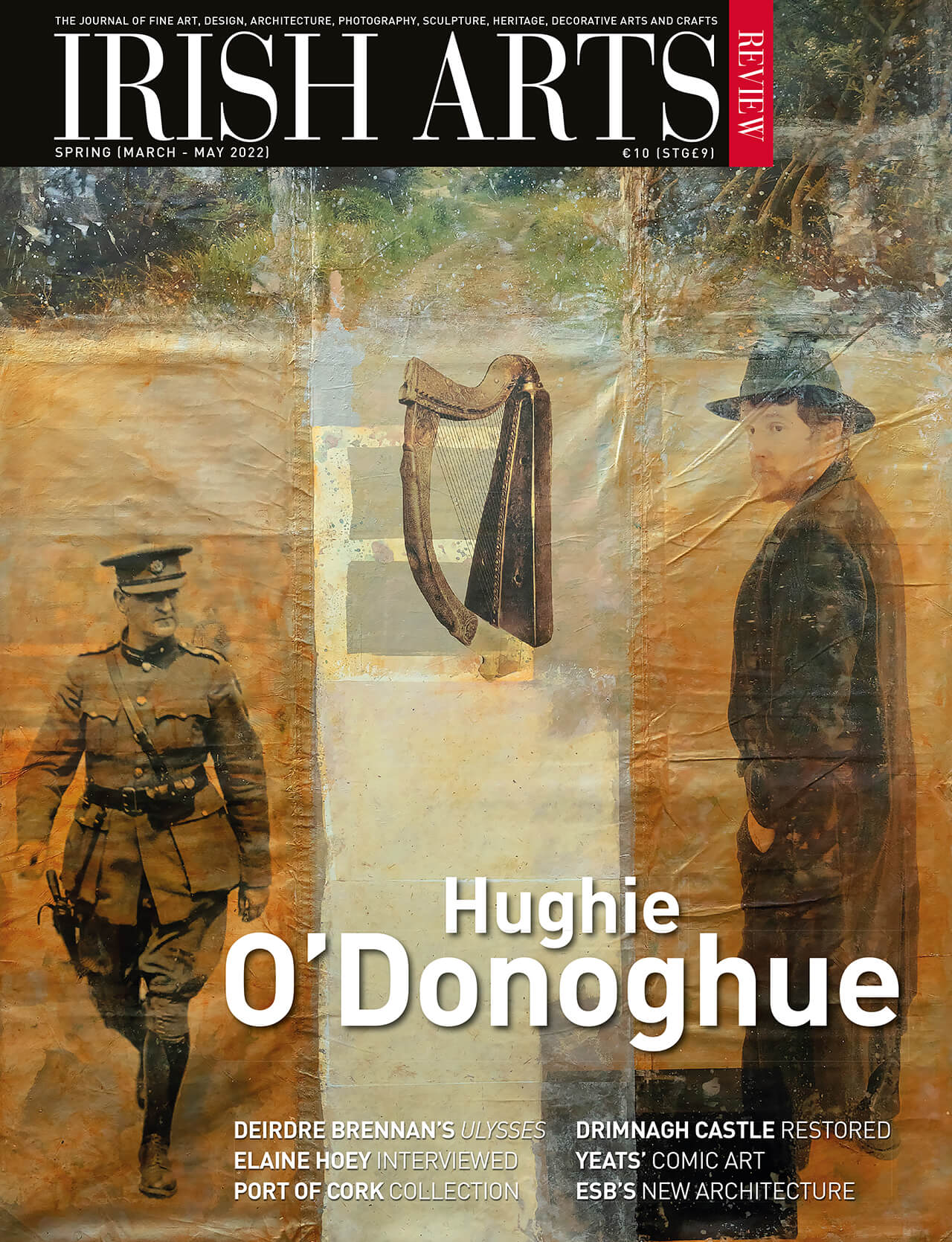
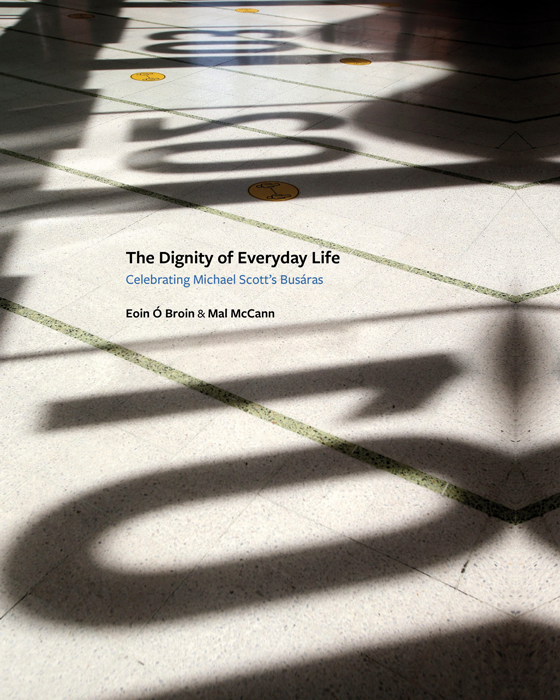
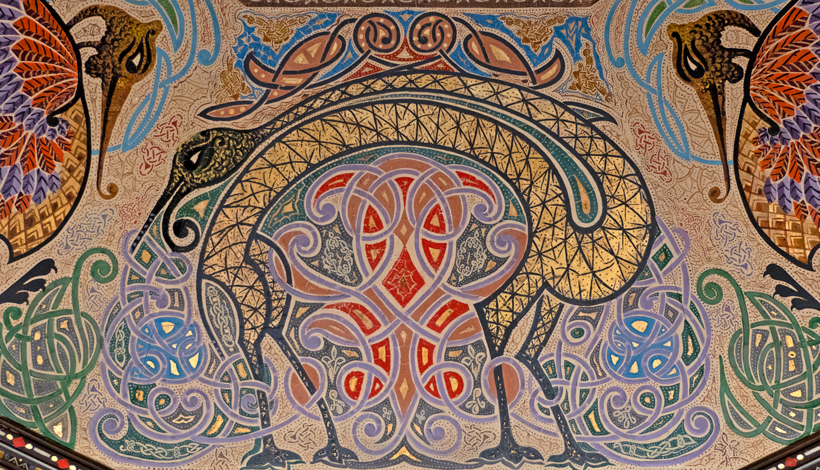
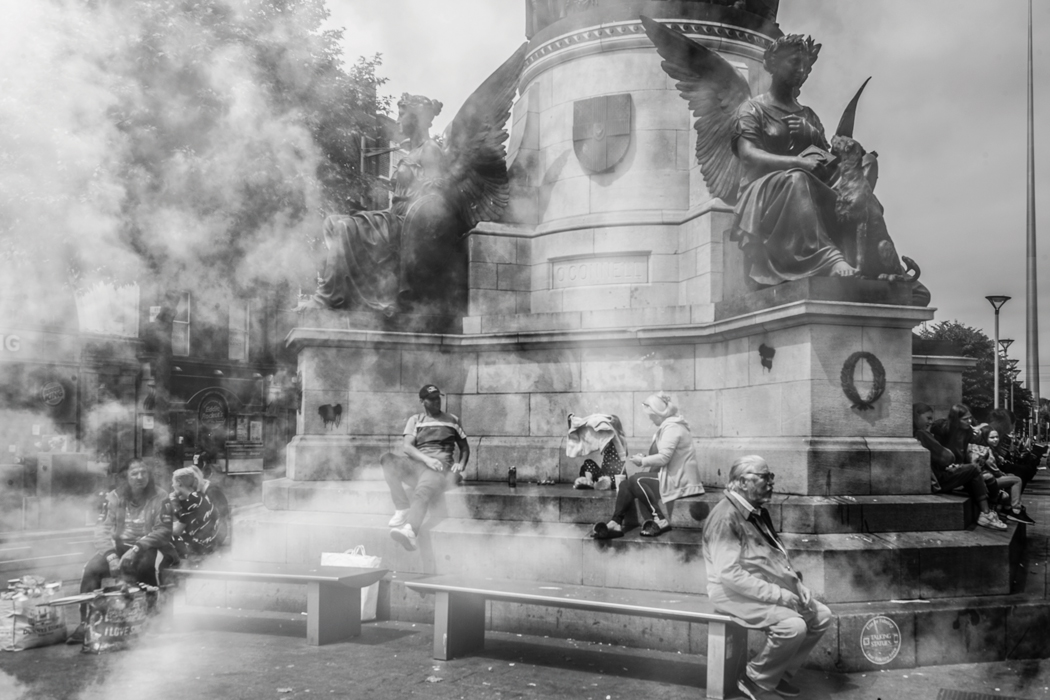
Stephanie McBride explores Deirdre Brennan’s photographic response to James Joyce’s Ulysses